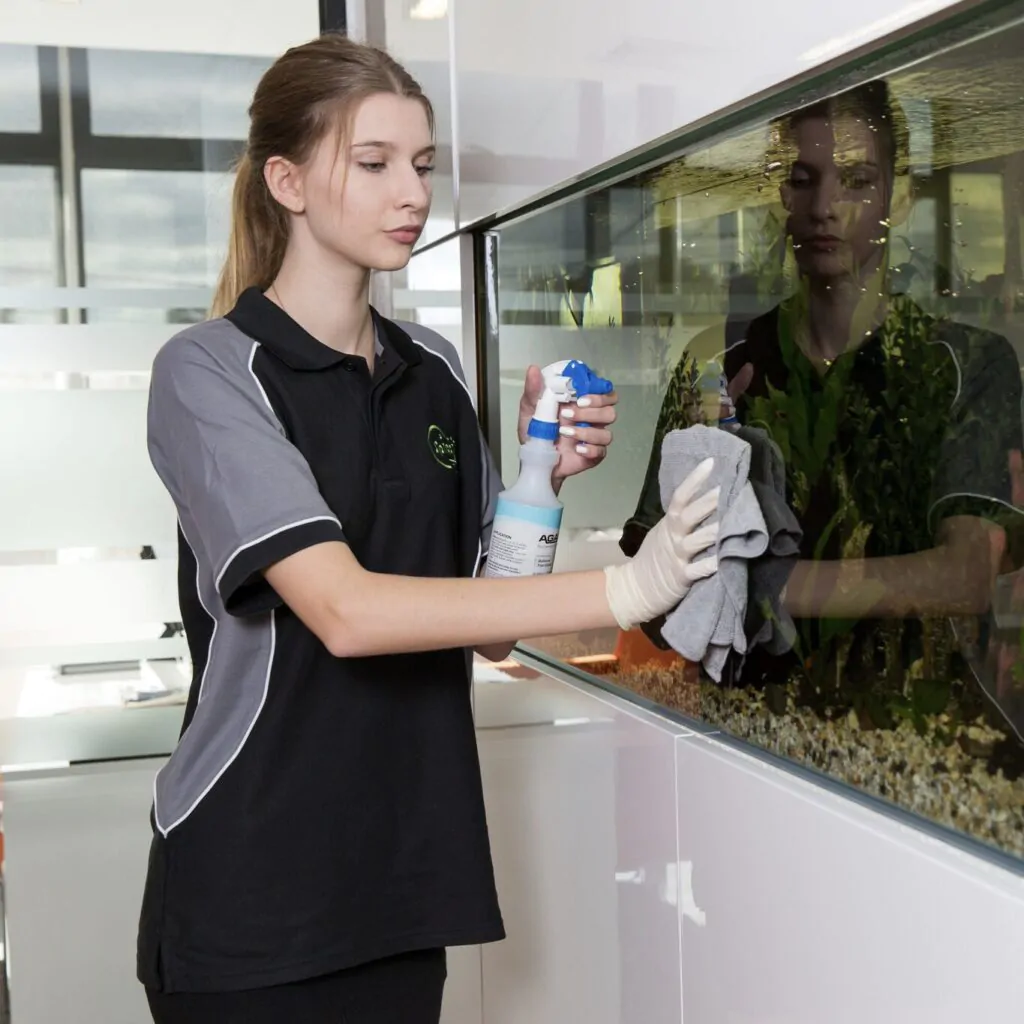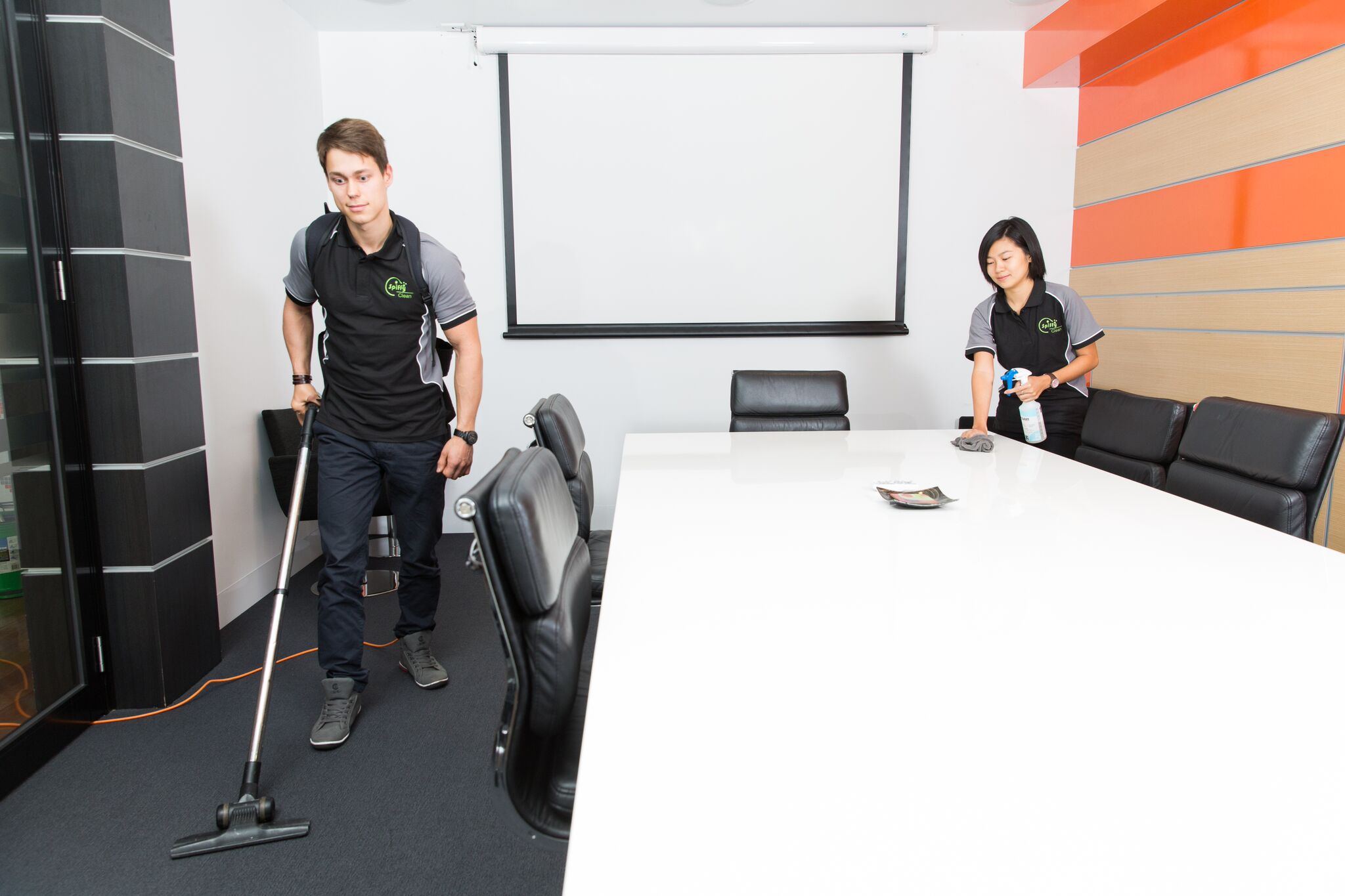Creating a Sparkling Learning Environment: The Importance of Kindergarten Cleaning
Introduction:
In the vibrant world of early childhood education, creating an engaging and healthy learning environment is paramount. Kindergarten, the first formal step in a child’s educational journey, should be a space that sparks curiosity and nurtures development. Central to this vision is the significance of a clean and well-maintained environment. In this blog post, we delve into the importance of kindergarten cleaning, exploring how cleanliness contributes to a sparkling learning atmosphere that positively impacts the growth and well-being of our youngest learners.
The Connection Between Cleanliness and Learning
Setting the Stage for Success:
The physical environment plays a crucial role in shaping a child’s educational experience. A clean and organized classroom provides a backdrop that enhances focus, reduces distractions, and sets the stage for successful learning. We explore how a well-maintained space contributes to a positive and welcoming atmosphere for both students and educators.
Promoting Concentration and Engagement:
A clutter-free and clean environment fosters concentration among young learners. We discuss how an organized classroom, free from unnecessary distractions, encourages children to engage more deeply with their activities, fostering a sense of curiosity and enthusiasm for learning.
Health and Safety in Kindergarten Spaces
Germ-Free Zones:
Kindergarten classrooms can be breeding grounds for germs. We examine the importance of regular cleaning routines in preventing the spread of illnesses among young children. From sanitizing high-touch surfaces to maintaining proper hygiene practices, we highlight strategies to create germ-free zones that promote the health and well-being of both students and staff.
Creating Safe Play Areas:
Play is an integral part of the kindergarten experience. We explore the necessity of maintaining clean and safe play areas, ensuring that equipment is regularly sanitized, and the space is free from hazards. A secure play environment not only prevents accidents but also contributes to the overall happiness and well-being of the children
Kindergarten Cleaning Best Practices
Daily Cleaning Routines:
Establishing a daily cleaning routine is key to maintaining a sparkling learning environment. We outline effective and manageable cleaning tasks that can be incorporated into the daily schedule, creating a consistent and tidy atmosphere that supports the learning process.
Specialized Cleaning for Learning Materials:
Kindergarten classrooms are filled with various learning materials, from books to art supplies. We discuss the importance of specialized cleaning for these items, ensuring they remain in excellent condition for prolonged use. Proper care and maintenance of educational materials contribute to a more effective and enjoyable learning experience.
The Psychological Impact of a Clean Environment
The Influence on Behavior and Well-Being:
Cleanliness goes beyond the physical aspects; it has a profound impact on the psychological well-being of children. We explore how a clean and organized environment fosters positive behavior, reduces stress, and creates a sense of security and stability for young learners.
Educational Psychology Perspective:
Drawing insights from educational psychology, we examine how the cleanliness of the learning environment can influence a child’s cognitive development, motivation, and overall attitude toward learning. Understanding the psychological aspects reinforces the importance of cleanliness in creating an optimal learning space.
Incorporating Eco-Friendly Practices
Sustainability in Kindergarten Cleaning:
With a growing emphasis on environmental consciousness, we discuss the importance of incorporating eco-friendly cleaning practices in kindergarten settings. From choosing green cleaning products to teaching children about sustainability, we explore ways to make kindergarten cleaning not only effective but also environmentally responsible.
Conclusion:
In conclusion, the importance of kindergarten cleaning extends far beyond mere aesthetics. It plays a pivotal role in shaping the learning environment, influencing health and safety, and impacting the psychological well-being of young learners. By recognizing and prioritizing cleanliness, educators and administrators can contribute significantly to the overall success and positive experience of children in their formative years. Creating a sparkling learning environment is not just a goal; it is a commitment to nurturing the minds and well-being of our youngest scholars.
Call to Action:
As we navigate the nuances of kindergarten cleaning, let us embark on a collective journey to prioritize cleanliness in early childhood education. By understanding its far-reaching effects, we can create sparkling learning environments that inspire a love for learning and set the foundation for a lifetime of educational success.





